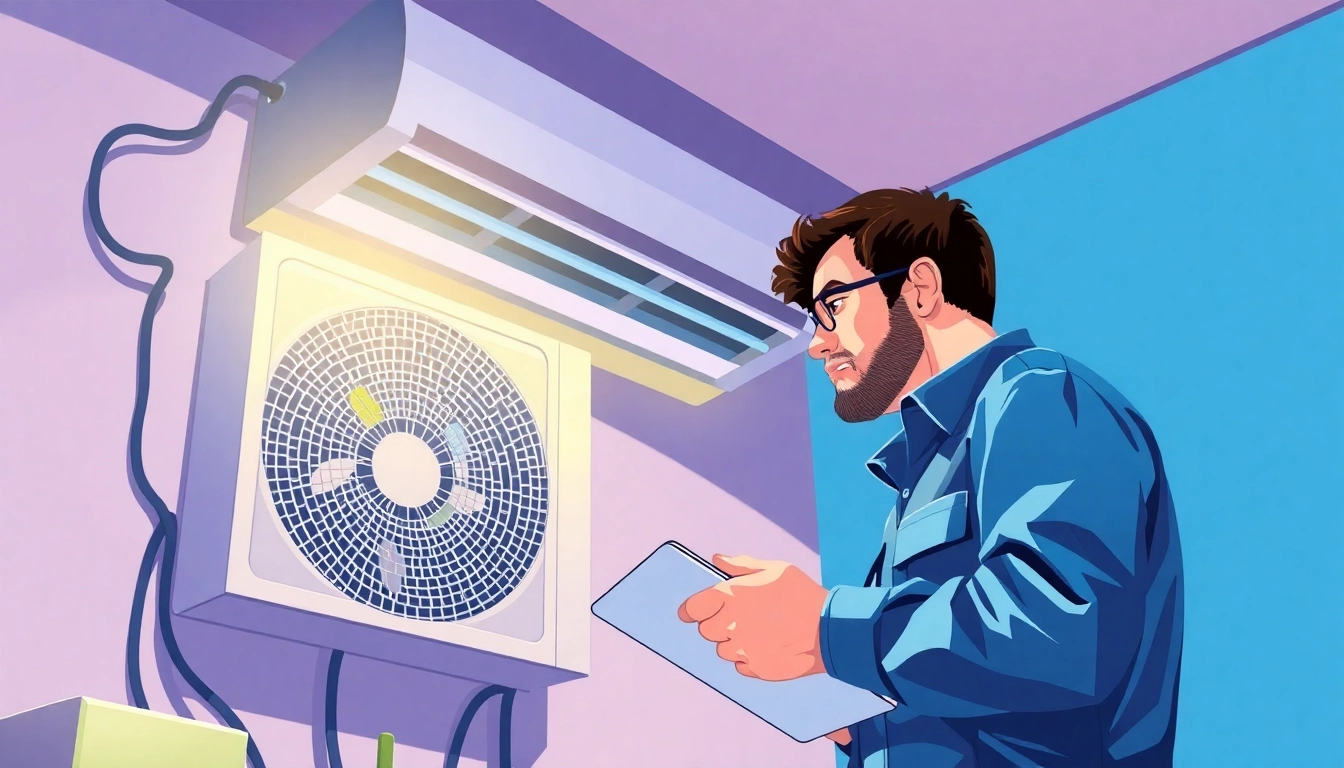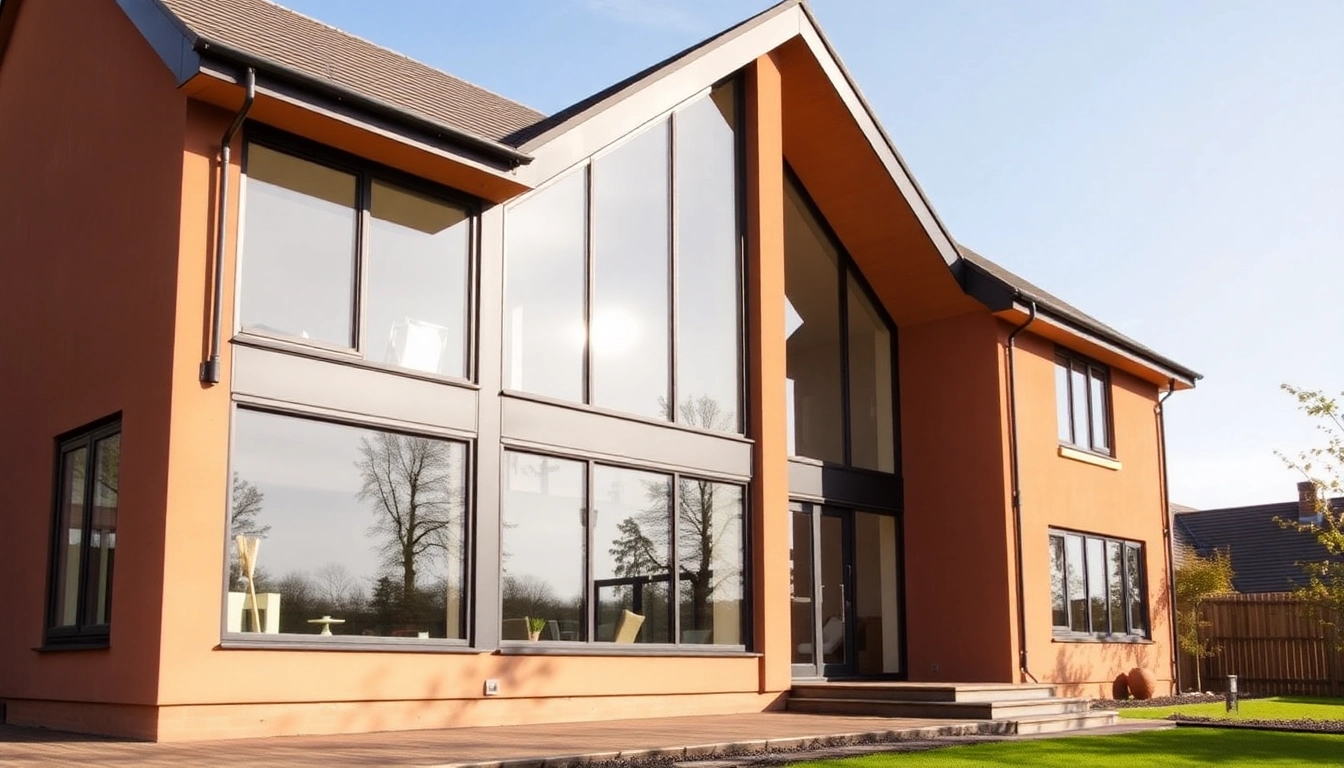Understanding the Common Causes of Air Conditioner Failures
Air conditioning systems are vital to maintaining comfort in homes and offices, especially during the hot summer months. However, many people encounter issues with their AC units that leave them asking, why my air conditioner is not working. Understanding the common causes of air conditioner failures can help you troubleshoot effectively and avoid unnecessary repair costs.
1. Electrical Issues
Electrical problems are among the most frequent causes of air conditioning failures. Many systems rely on a series of electrical components that must function properly to operate efficiently. Issues can arise from:
– Tripped Circuit Breakers: When the electrical system is overwhelmed, sometimes by a power surge, the breaker trips to protect your home. Check your circuit panel to see if the breaker has tripped. If so, simply resetting it might resolve the issue.
– Faulty Wiring: Exposed or damaged wires can cause shorts, leading to malfunctions or potentially dangerous situations. If you suspect wiring problems, it’s crucial to consult a professional electrician or HVAC technician.
– Defective Components: The contactor, capacitor, and relays are all vital to your system’s electrical operation. A malfunction in any of these parts can disrupt the air conditioner’s function.
2. Thermostat Errors
Your thermostat is the brain of your air conditioning system. Errors can arise from several sources, leading to a lack of cooling. Common issues include:
– Incorrect Settings: Sometimes the solution is as simple as ensuring the thermostat is set to ‘cool’ mode and that the temperature setting is lower than the current room temperature.
– Faulty Thermostat: If adjusting settings doesn’t yield results, the thermostat itself may be malfunctioning. Replacing or recalibrating it can often solve the problem.
– Location Issues: The placement of the thermostat affects its readings. If it’s located near a heat source (like a sunny window or an appliance), it can misjudge the room temperature, influencing how the AC operates.
3. Refrigerant Problems
Refrigerant is essential for the cooling process in your air conditioning system. Issues with refrigerant can lead your system to work inefficiently or stop functioning altogether. Key points to consider include:
– Low Refrigerant Levels: If your unit is low on refrigerant, it’s usually due to leaks somewhere in the system. Low refrigerant can indeed severely hamper your air conditioner’s cooling capacity.
– Incorrect Refrigerant Type: Using the wrong refrigerant can lead to significant damage. Only professional technicians should handle refrigerant levels and types.
– Inefficient Coil Operation: If coils become frosted due to low refrigerant or inadequate airflow, it can prevent the air conditioner from cooling effectively.
How to Troubleshoot Your Air Conditioner
Troubleshooting your air conditioner requires a systematic approach. Here are some steps that can help identify the issue:
1. Checking the Power Source
The first step in troubleshooting any air conditioning problem is ensuring that the unit has power. Check if:
– The thermostat has fresh batteries, if applicable.
– The circuit breaker is on and has not tripped.
– Any fuses related to the AC unit are intact.
If these checks do not reveal the problem, further inspection will be necessary.
2. Inspecting the Thermostat Settings
Once power is confirmed, inspect your thermostat settings. Set the thermostat to a lower temperature than the ambient room temperature to see if the system starts cooling. If it appears dysfunctional, consider these:
– Calibrate or replace the thermostat if it’s misreading the room temperature.
– Ensure that connections to the thermostat are secure.
3. Examining Air Filters and Vents
One of the most overlooked components in AC troubleshooting is the air filters and vents.
– Dirty Filters: A clogged filter can restrict airflow and significantly reduce system efficiency. Regularly replacing or cleaning filters can enhance cooling performance.
– Blocked Vents: Ensure that no furniture or debris obstructs the air vents within your space. Clear airflow paths are necessary for your AC system to function effectively.
When to Call a Professional Technician
Although DIY troubleshooting can be effective, certain signs indicate the need for professional intervention.
1. Signs of Major Breakdowns
Some issues are complex and can indicate more severe problems within your AC system, including:
– Strange noises, such as grinding or popping sounds, may indicate mechanical issues.
– Unpleasant odors could point to electrical problems or mold growth in the system.
– Frequent breakdowns or repairs can suggest an aging system nearing the end of its lifespan.
2. Understanding Repair Costs
Understanding the financial implications of AC repair is crucial. Typical factors affecting repair costs include:
– The nature of the issue (e.g., minor fixes like filter changes versus significant repairs like compressor replacements).
– The age and efficiency of the unit. Older models may require more costly repairs compared to newer, more efficient systems.
– Labor costs associated with the technician’s experience and geographical location.
Always ask for a detailed estimate and consider the long-term costs versus replacement before proceeding with repairs.
3. Preventive Maintenance Tips
Regular preventive maintenance can prolong your system’s life and efficiency. Here are best practices:
– Schedule seasonal check-ups with an HVAC professional to ensure your system operates at peak performance.
– Regularly clean or replace air filters and check system drainage.
– Use the system properly. Understand the thermostat functions and settings to minimize strain during peak usage.
DIY Tips for Maintaining Your Air Conditioner
Empower yourself with knowledge on maintaining your air conditioner to reduce the chance of failure.
1. Regular Filter Changes
One of the simplest yet most effective maintenance tips is to routinely change or clean air filters. This should be done every one to three months, depending on usage and type of filter. A clean filter promotes better airflow and enhances indoor air quality.
2. Clearing Outdoor Units
The outdoor condenser unit is crucial for heat exchange. Keep the area around your outdoor unit clear of debris such as leaves, grass, and dirt to ensure proper airflow and functionality.
3. Scheduling Seasonal Inspections
It’s wise to have your air conditioning system inspected by a professional at least once a year, ideally before summer kicks in. A technician can perform essential checks and preventive maintenance, ensuring your system is ready to face the hot weather.
Frequently Asked Questions About AC Issues
AC problems are common, and understanding them can make troubleshooting easier.
1. What to Check First When My Air Conditioner is Not Working?
When your air conditioner stops working, the first thing to check is the power supply. This includes looking at the circuit breaker and ensuring that the thermostat is set correctly. Inspection of air filters for cleanliness is also crucial at this stage.
2. Why Has My AC Stopped Working Suddenly?
AC units can stop functioning suddenly due to various issues, such as power source problems, refrigerant leaks, or mechanical failures. It’s essential to analyze the symptoms and follow troubleshooting steps accordingly.
3. Should I DIY or Hire an HVAC Professional?
Simple tasks like changing filters can be done independently, but if you encounter complex problems or symptoms of major failures, it’s advisable to consult with a qualified HVAC professional. They have the expertise to diagnose and fix issues efficiently while ensuring safety.


